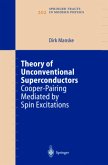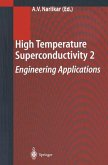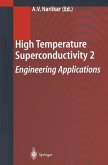There are many monographs and textbooks addressing superconductivity from di?erent angles. In spite of a large variety of explored approaches, one problem is always left aside. It is the balance of forces acting on the sup- conducting condensate. In the present book this question is central. As the title suggests, there is a close analogy between the electrostatic ?eld in superconductors and the pressure in the ideal incompressible liquid. As one can easily imagine looking at swirling water, molecules of the inc- pressible liquid are accelerated by gradients of the pressure so that they can follow complicated trajectories often changing their directions and velocities. Electronsinthe superconductorbehavesimilarly,exceptthatthe electrostatic potential plays the role of the pressure. The pressure in any material develops when we reduce its volume. This leads us to the main puzzle. By de?nition, the incompressible liquid never changes its volume. Consequently, how can be any pressure there? Of course, one has the direct experience that there is a pressure in water and one would never deny it. The incompressible liquid is an ideal model which assumes that the pressure we feel has been achieved with a negligibly small change of the volume.
From the reviews: "The book consists of sixteen chapters, a conclusion and three appendices. Each chapter is accompanied with a summary, a set of exercises, a detailed list of references from the classical to the latest contributions in the literature, and suggestions for further reading. The book is aimed at graduate students in physics and researchers entering the field, and clearly serves as a modern introduction to the topic. ... I found the book very accessible, clearly written, and a real pleasure to read." (Ayman Kachmar, Mathematical Reviews, Issue 2008 j)








